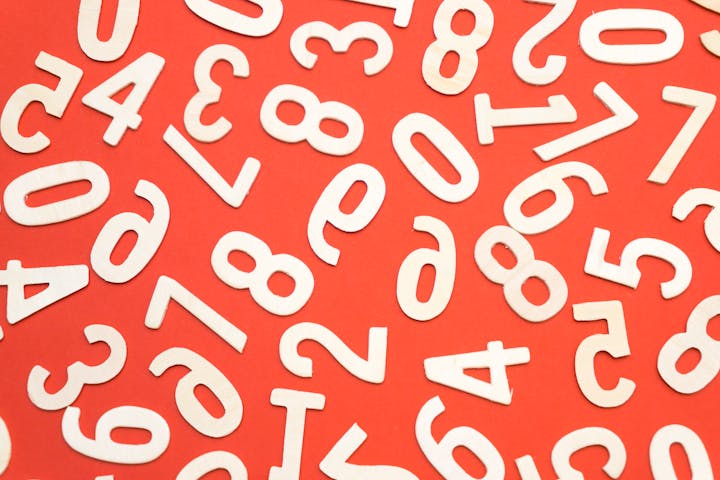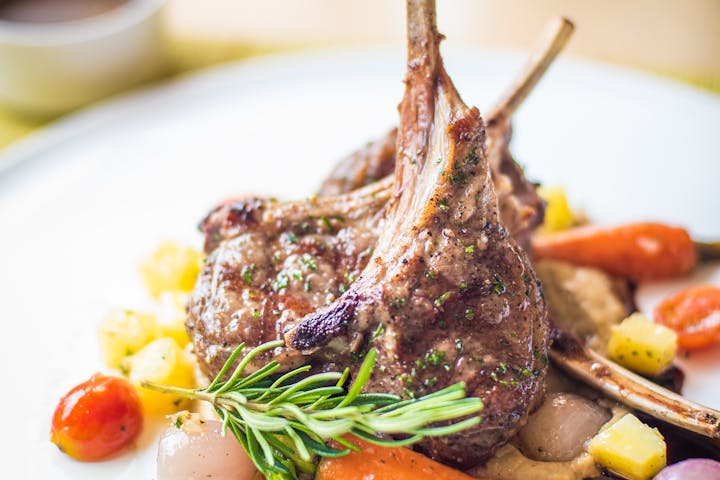The Main Character is the Villain Chapter 23 in English
Welcome back, avid readers and literary enthusiasts! Today, we delve into the enthralling world of “The Main Character is the Villain” as we dissect the multifaceted events and character developments in Chapter 23. This thought-provoking novel by an acclaimed author has captivated readers with its unconventional narrative where the protagonist dons the cloak of the antagonist. In this blog post, we will analyze the pivotal moments and explore the depths of moral ambiguity, challenging our perceptions of traditional storytelling.
Chapter 23 Recap:
Before we proceed, let’s refresh our memories with a brief recap of Chapter 23. In this chapter, the story reaches a climactic turning point where the protagonist faces a profound internal conflict. Throughout the novel, we have seen the gradual transformation of the main character from a virtuous hero to a morally conflicted figure. Chapter 23 marks the peak of this transformation as they grapple with the consequences of their actions, question the validity of their motivations, and, ultimately, confront their darker impulses.
Character Deconstruction:
One of the novel’s most captivating elements is the author’s skillful portrayal of complex characters. In Chapter 23, the main character’s internal struggles take center stage. The lines between hero and villain blur as we witness the protagonist’s descent into darkness. This transformation is not sudden; it is a slow, gradual process that challenges the conventional notions of black-and-white morality. The author masterfully explores the gray areas of human nature, making the character’s journey all the more captivating and relatable.
Themes of Redemption and Self-Reflection:
As Chapter 23 unfolds, we observe the themes of redemption and self-reflection interwoven into the narrative. The main character, once a symbol of hope and justice, now faces the consequences of their questionable decisions. This moral ambiguity forces readers to confront their own beliefs about redemption and whether individuals can be absolved of their sins or past misdeeds. As readers, we empathize with the character’s internal struggles, questioning the thin line that separates a hero from a villain.
Subverting Traditional Tropes:
“The Main Character is the Villain” succeeds in subverting conventional literary tropes. By placing the main character in the role of the antagonist, the author challenges the notion of a clear-cut hero’s journey. This subversion encourages readers to critically analyze the motives and intentions of characters, shedding light on the complexities of human nature. The novel invites us to question our own assumptions about the inherent goodness or malevolence of individuals.
Narrative Pacing and Emotional Resonance:
Chapter 23 showcases the author’s prowess in narrative pacing, creating a sense of tension and emotional resonance. As the main character’s internal conflict intensifies, the readers are drawn deeper into the character’s psyche, sharing their emotional burden. The skilled storytelling keeps us engrossed and invested in the outcome of the protagonist’s journey, anxiously anticipating the resolution of their internal struggle.
Conclusion:
In conclusion, Chapter 23 of “The Main Character is the Villain” is a testament to the power of complex storytelling and defying traditional norms. The author’s ability to craft morally ambiguous characters and explore themes of redemption and self-reflection elevates the narrative to thought-provoking heights. As readers, we find ourselves torn between empathy and critique, contemplating the blurred lines that separate good from evil.
This captivating chapter leaves us yearning for more as we eagerly anticipate how the protagonist’s journey unfolds. “The Main Character is the Villain” challenges us to reevaluate our perceptions of character archetypes and embrace the intricate, flawed nature of humanity. As we continue to unravel the enigma of this extraordinary novel, we are reminded that great literature is not merely a story, but a reflection of our own complexities as individuals.




